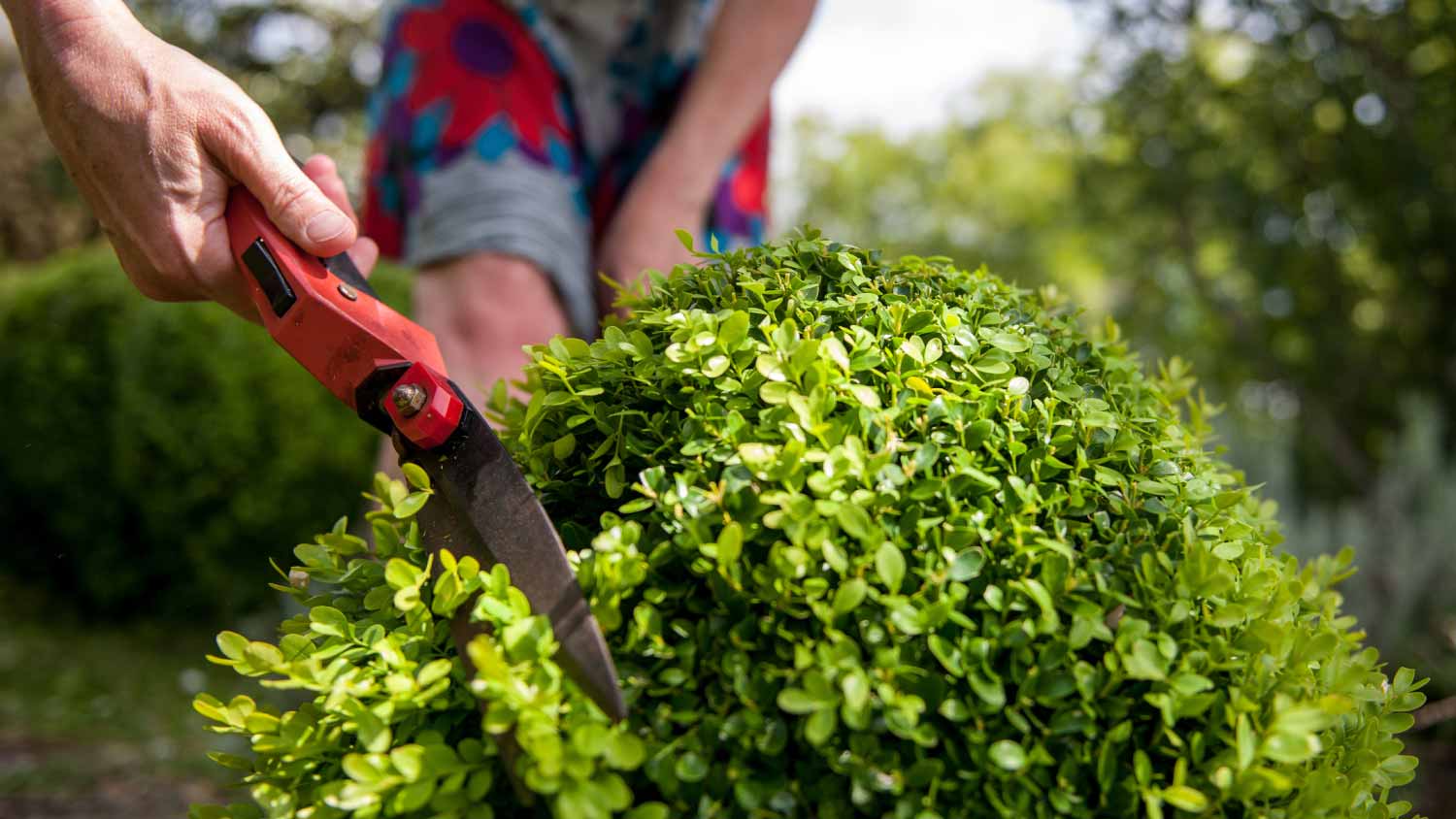
Discover who to call to revive a bush. Learn when to hire a landscaper or an arborist and what to ask before you book.
Installing a flowerbed costs an average of $2,000


Installing a 5-by-12-foot flowerbed ranges from $1,000 to $3,000 on average.
Average costs are $2,000, running between $10 and $20 per square foot.
Professional landscapers charge $30 to $100 per hour to install flowerbeds, depending on experience and project complexity.
This article was updated using automation technology and thoroughly reviewed for accuracy by HomeAdvisor Editor Ryan Noonan.
On average, lawn and garden professionals charge $1,000 to $3,000 to install a new 5-by-12-foot flowerbed, with most homeowners spending an average of $2,000 on flowerbed installation. Garden size, bed type, and the edging or border material you choose will all influence your final price.
Flowerbed installation is a popular option for enhancing curb appeal, and hiring a professional ensures correct soil preparation and plant placement.
Soil type and terrain can increase the cost to install a flowerbed because tilling and digging can be more complicated in rocky soil. Adding special features can also increase the cost of installing a flowerbed. Here’s a closer look at how your flowerbed installation total breaks down.
The size of your flowerbed is a major cost driver, with larger beds adding more in both labor and material costs. On average, you can expect to pay $10 to $20 per square foot. Here are the average costs for installing various-sized flower beds.
| Flowerbed Size (Sq. Ft.) | Average Cost |
|---|---|
| 50 | $500–$1,000 |
| 100 | $1,000–$2,000 |
| 150 | $1,500–$3,000 |
Hiring a landscaping pro costs $30 to $100 per hour or $5 to $15 per square foot. Bringing in a landscape designer or landscape architect to refine the layout and choose pest-resistant plants for your climate is more costly, running $50 to $150 per hour.
Intended to add aesthetic appeal while providing better containment of overflowing plants, edging around your flowerbed costs $1 to $25 per linear foot.
A weed barrier keeps invasive grass and weeds from growing into your garden. Installing weed barriers costs $0.50 to $2 per square foot.
Adding mulch to your flowerbeds improves overall soil health and helps them retain water and regulate temperature. Installing mulch costs $30 to $70 per cubic yard.
Much of the price difference hinges on whether the bed requires in-ground excavation or a simpler no-dig approach.
In-ground flowerbeds are dug directly into the soil. They offer a natural look to your yard. In-ground beds are an affordable option, but soil preparation adds an extra expense. On average, an in-ground flowerbed costs $1,000 to $3,000.
Container flowerbeds are planters in pots or planters. This portable option offers a variety of placement choices, but you’re limited to the size of the planters available. On average, container flowerbeds cost $100 to $500 per container.
Building a raised garden bed runs $200 to $1,500, depending on size, materials, and your plant choices. Raised beds suit gardeners who prefer not to bend or dig, and they also reduce soil erosion, suppress weeds, and deter many common pests.
Consider these cost-saving strategies to make your flowerbed project more wallet-friendly:
Obtain quotes from at least three local landscapers to ensure competitive pricing.
Choose simple bed shapes and layouts rather than more expensive custom options.
Install flowerbeds during off-peak seasons to take advantage of potential labor savings.
Without labor charges, building a 100-square-foot flowerbed yourself costs $300 to $900, depending on plants and materials. Ordering bulk topsoil separately can erode those savings, so compare delivery fees before deciding.
Building your own flowerbed is doable for many homeowners, but a seasoned landscaper can streamline design, soil prep, and plant selection for reliable blooms. Their expertise in edging, bed sizing, and local growing conditions often pays off in a healthier, longer-lasting garden.
No place is more important than your home, which is why HomeAdvisor connects homeowners with local pros to transform their houses into homes they love. To help homeowners prepare for their next project, HomeAdvisor provides readers with accurate cost data and follows strict editorial guidelines. After a project is complete, we survey real customers about the costs to develop the pricing data you see, so you can make the best decisions for you and your home. We pair this data with research from reputable sources, including the U.S. Bureau of Labor Statistics, academic journals, market studies, and interviews with industry experts—all to ensure our prices reflect real-world projects.